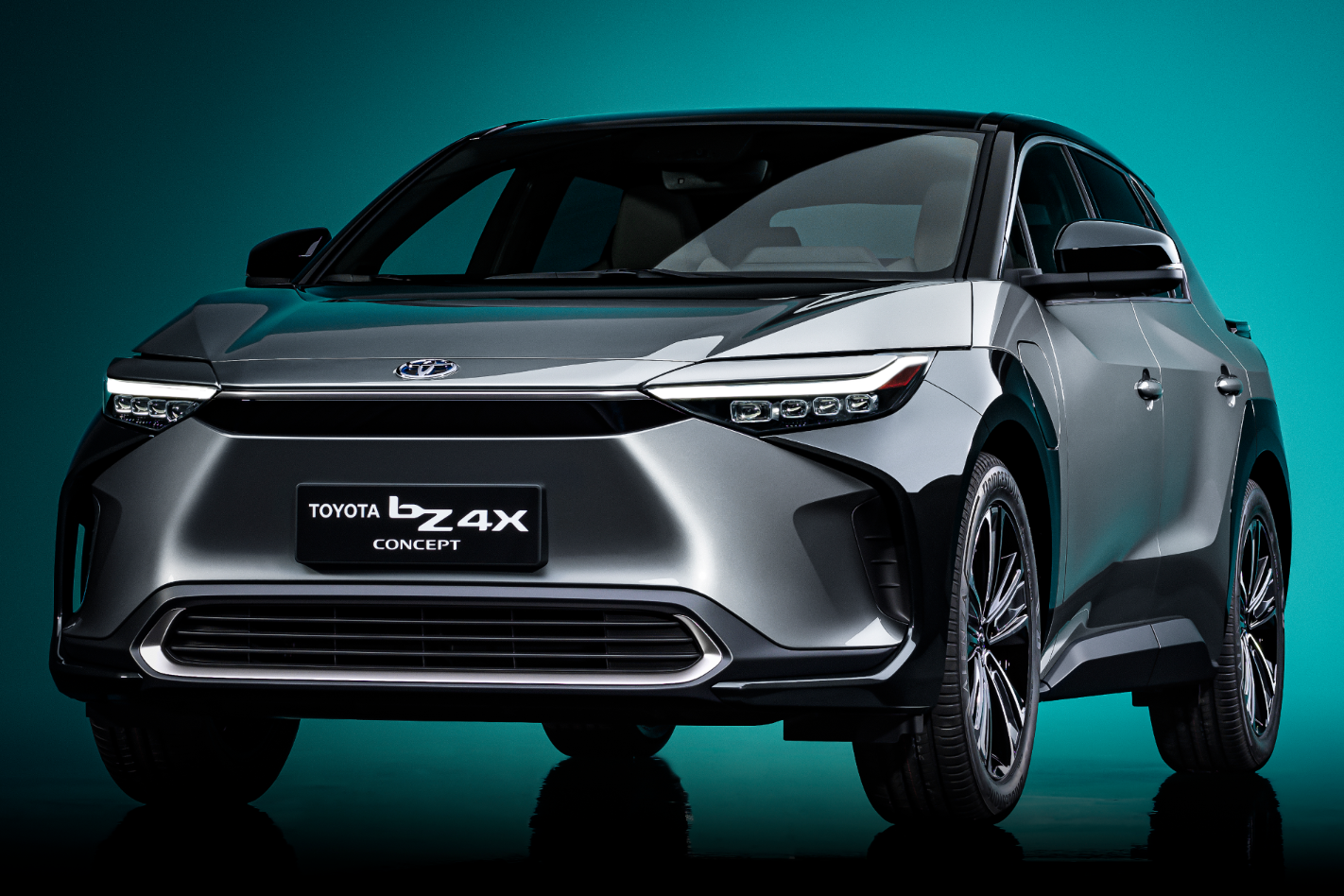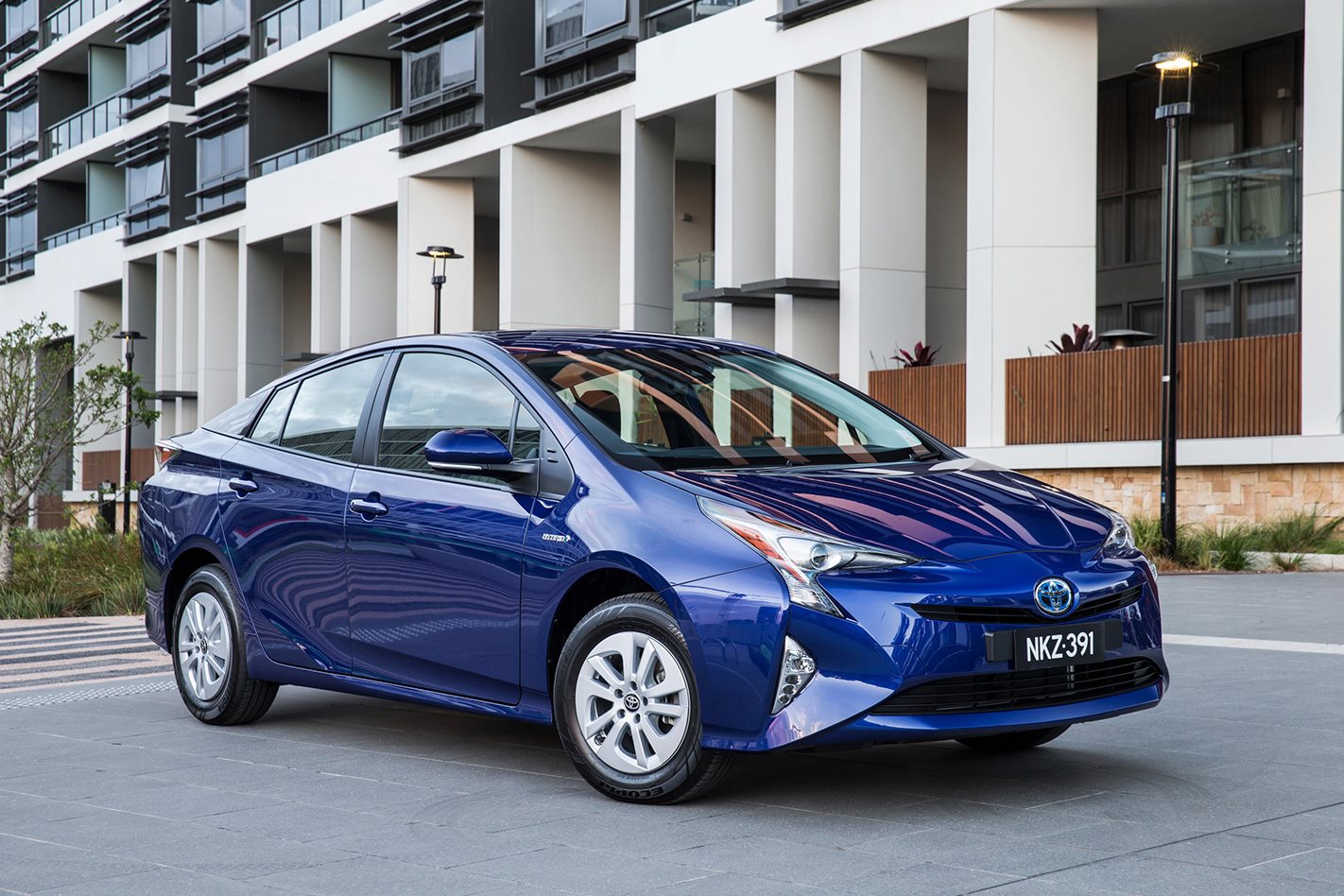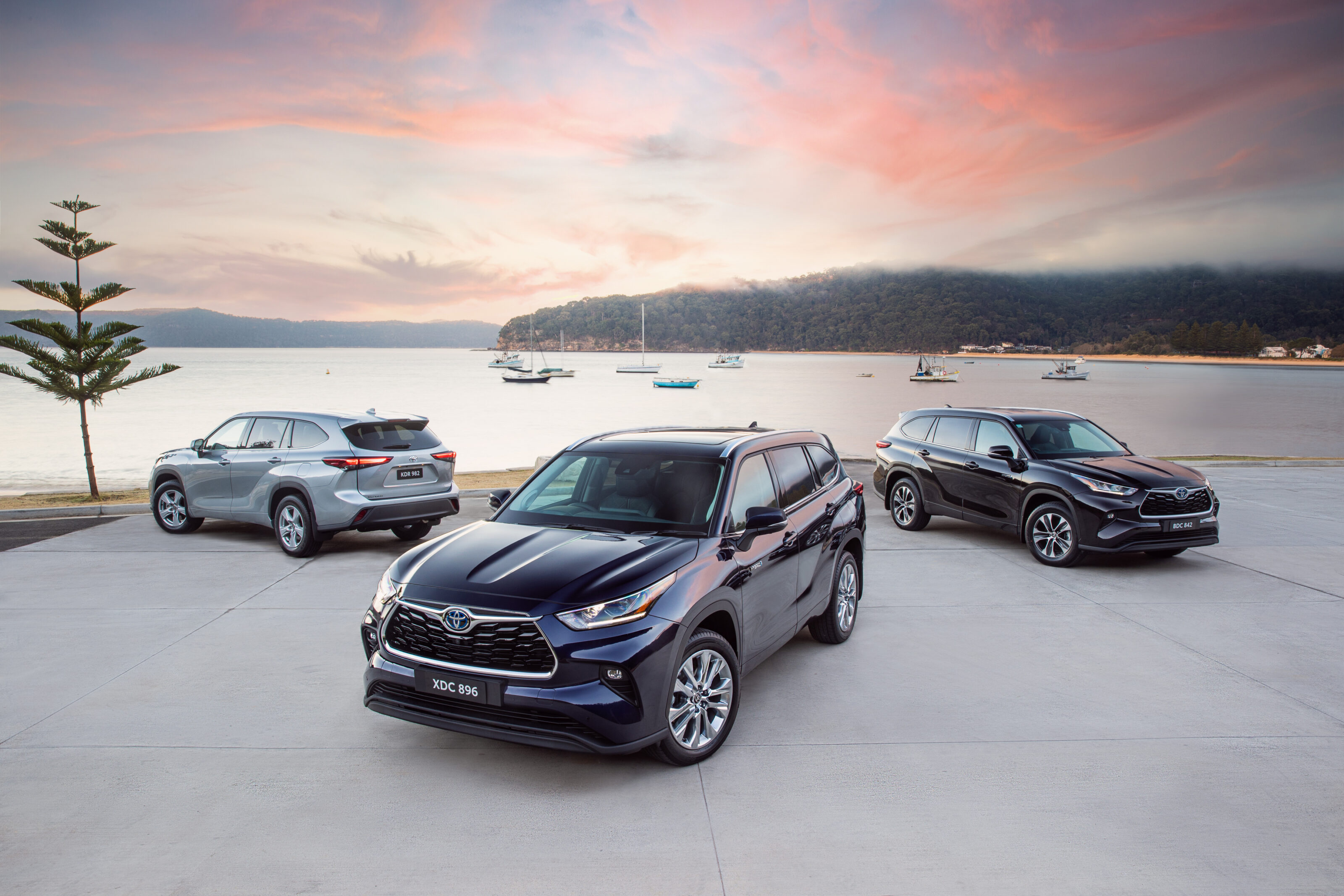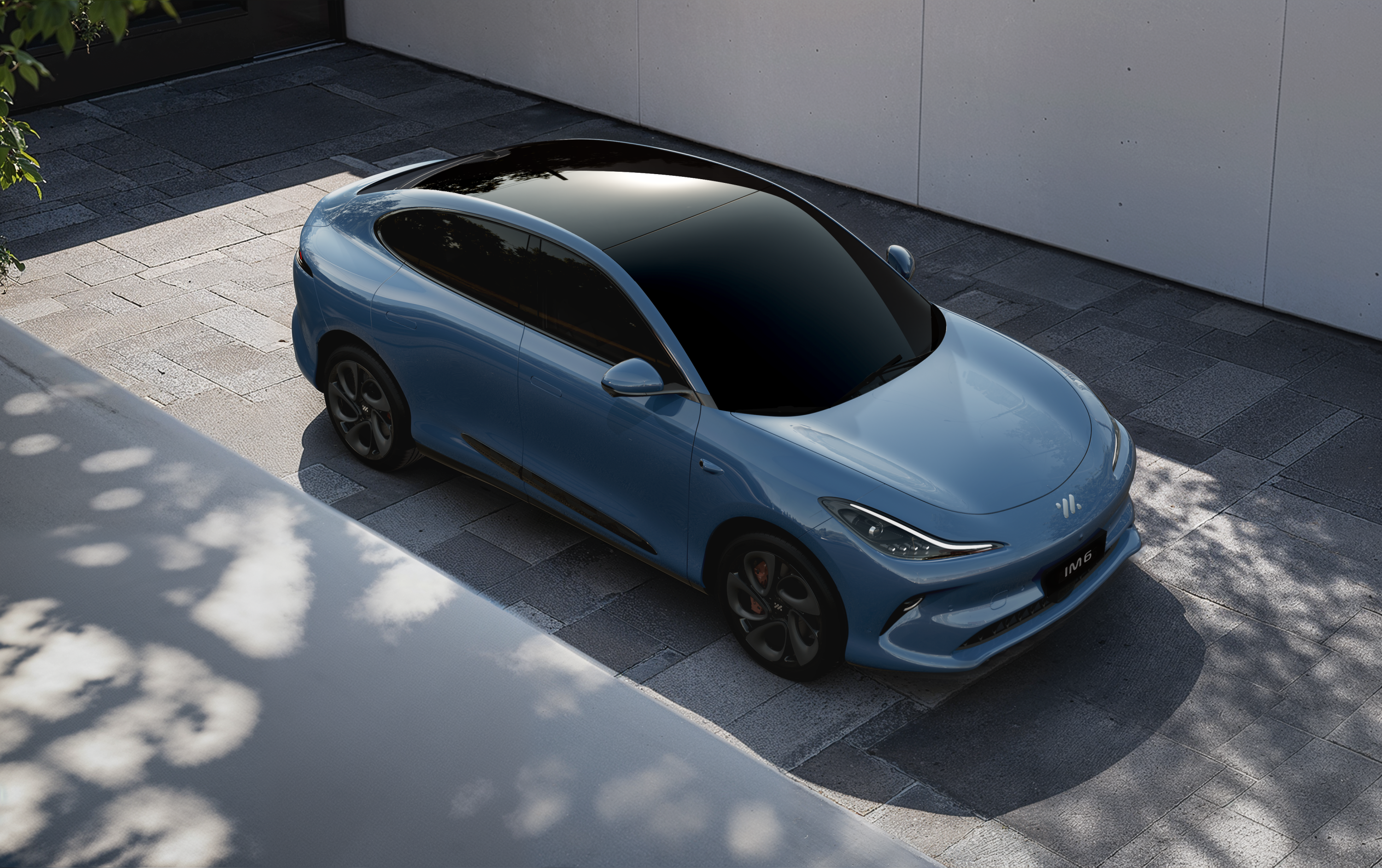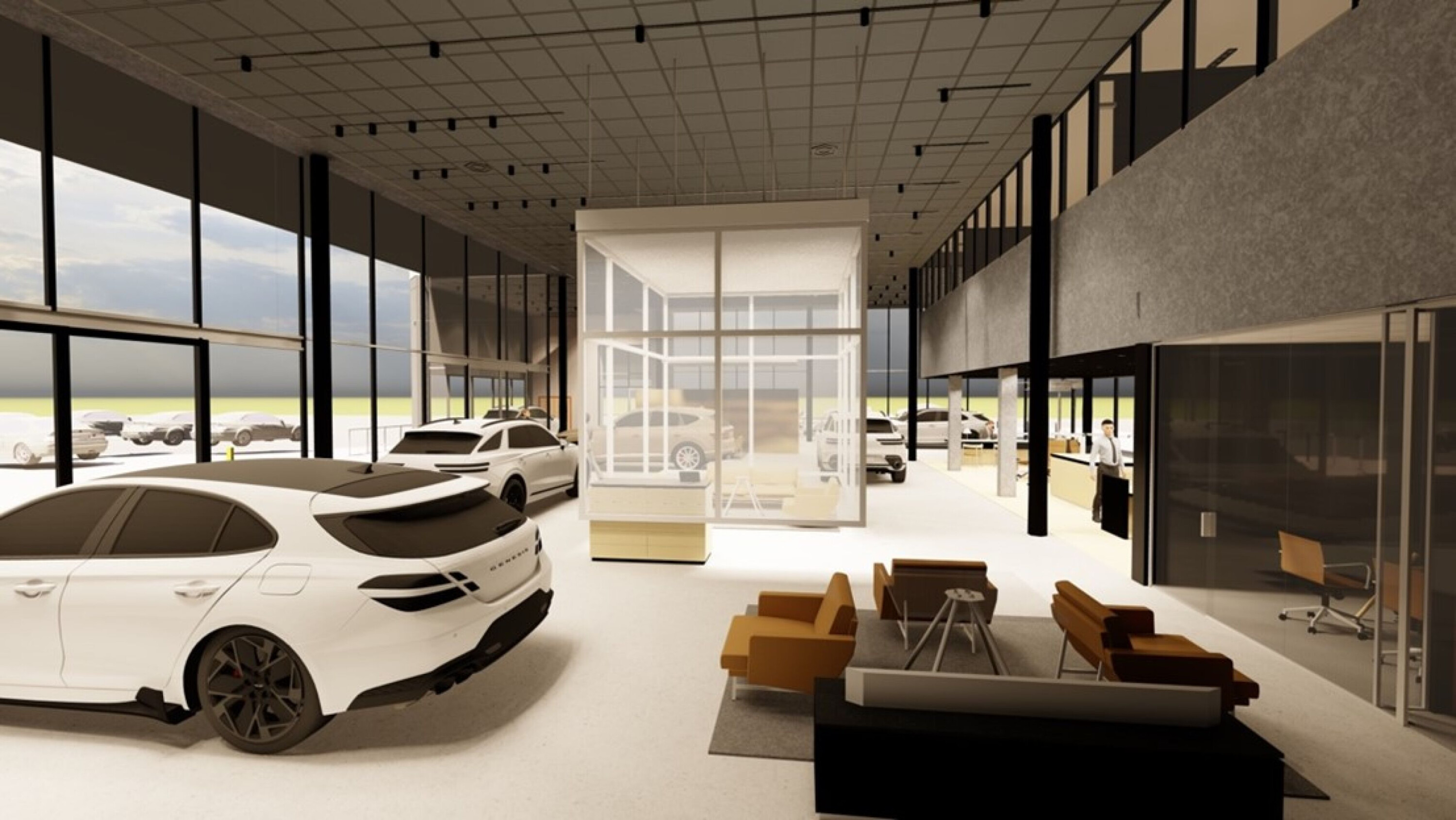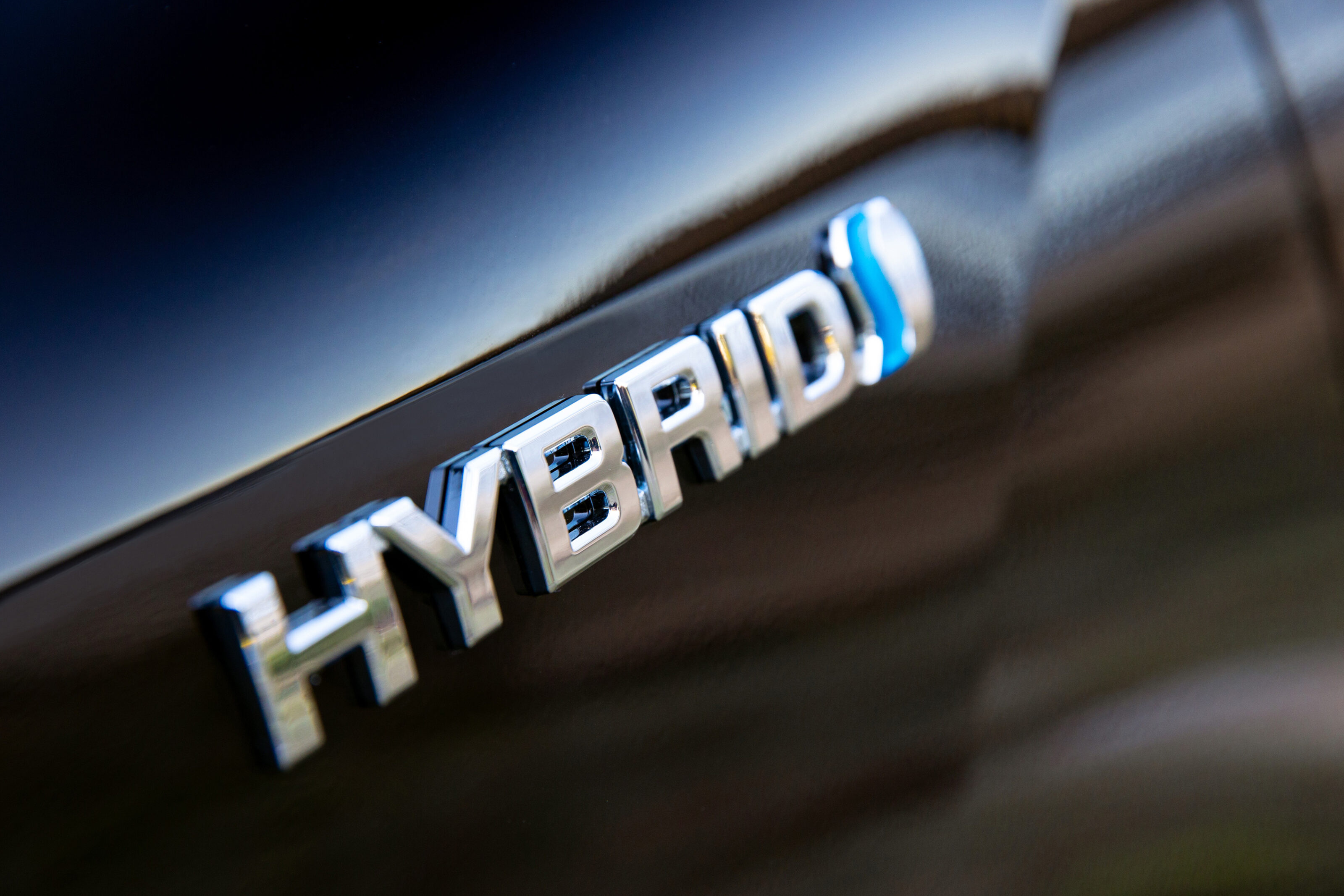
Snapshot
- Toyota will continue to push hybrids alongside EVs
- Hybrid sales have now passed 200,000 in Australia for Toyota
- bZ4X EV might not reach Australia until late 2022
Toyota says it will continue to sell hybrid vehicles well into the future, declaring petrol-electric drivetrains are not a transition technology to full-electric cars.
The Japanese brand has just launched a hybrid version of the Kluger large SUV for the first time in Australia, ensuring the company now offers a petrol-electric variant of every passenger car and SUV it sells locally.
Toyota’s hybrid sales have now passed 200,000 in Australia, doubling in just two years through a significant increase in offerings, though the company’s first fully-electric vehicle, the bZ4X, is not due here until at least late 2022.
The bZ4X mid-sized SUV will be the first of a bZ-badged – for Beyond Zero – family of pure electric Toyota vehicles.
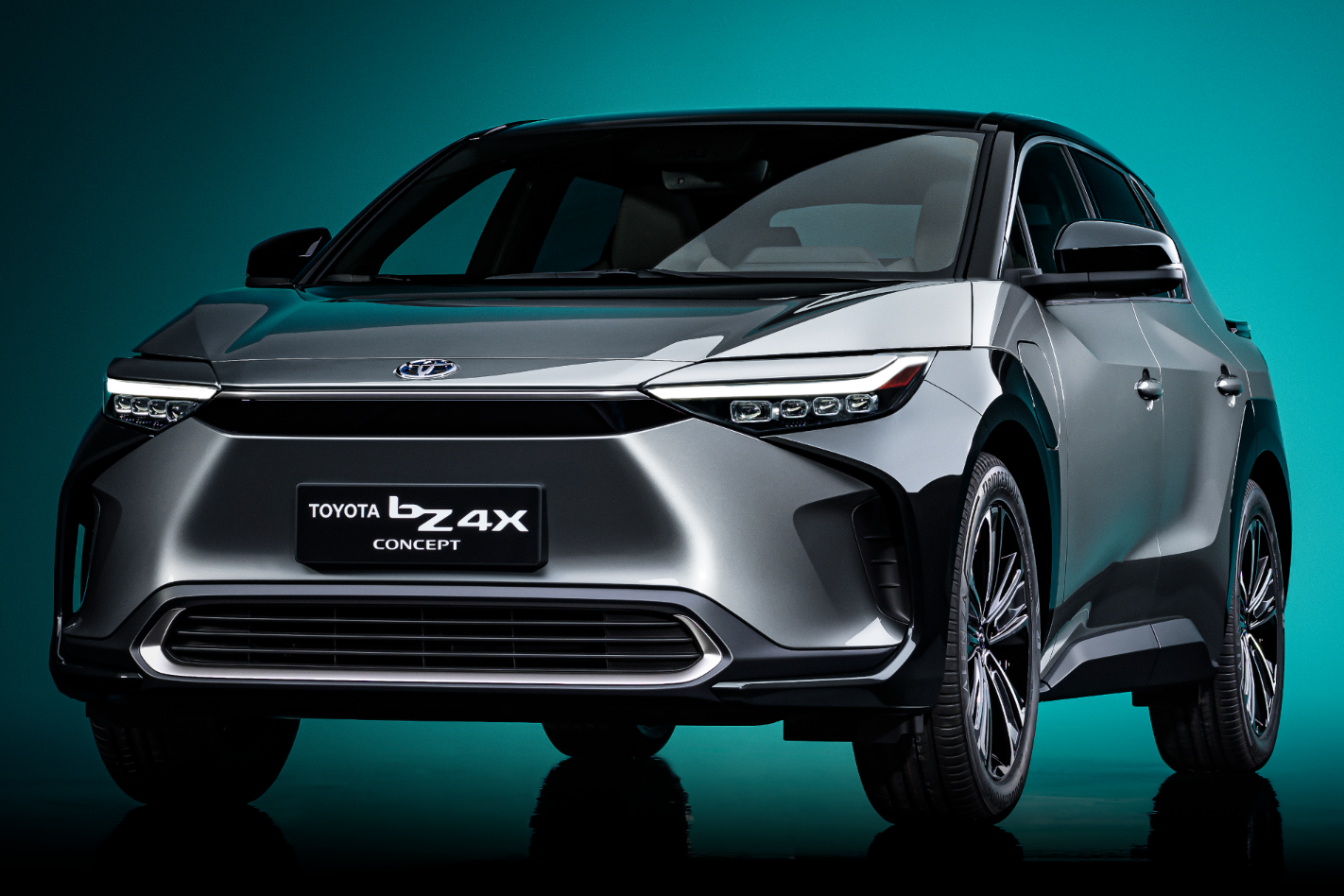
While several carmakers have set future goals to sell only battery-electric vehicles (EVs) in their showrooms, Toyota Australia says the difficulty in forecasting future demand for EVs means its non-rechargeable hybrids will continue to be an important offering.
“Hybrid is not a transition technology [to EVs],” says Toyota Australia CEO Sean Hanley. “It’s around for the long term. A lot of people are maybe interpreting hybrid for Toyota is a transition strategy. It’s actually not.
“Our commitment right now is we have an aggressive plan we’re working towards, which is having some form of electrification across our Toyota range by 2030.
“[The] electrification will form in four parts, whether it be [self charging] hybrid-electric vehicle, plug-in hybrid electric vehicle, fuel-cell-electric vehicle, and/or battery-electric vehicle.
“The important thing for us is to be out with the right powertrain at the right time for the market. So, ultimately, we’ve always believed the market would drive those outcomes in terms of mix. Our job is to have a solution to that market demand, so it’s very difficult to put it into a context around what we believe will be the [future] mix.”

Hanley says every global market has “different stages, different timings, even different regulations”.
Australia’s CO2 emissions standards are still aligned to the Euro 5 standard first implemented more than a decade ago, in 2009. In 2014, Europe switched to the more stringent Euro 6 regulations which won’t come into effect in Australia for a few more years.
Many car manufacturers, as a result, have regularly prioritised their most advanced and most efficient drivetrains for markets where there’s a greater imperative to meet stricter regulations which incur financial penalties for lack of compliance.
Toyota Australia admits it still needs to find cleaner technological solutions for the likes of its Prado and LandCruiser 4WDs, as well as its HiLux ute, but insists it is committed to lowering its CO2 footprint. It is one of more than 40 car brands to sign up to a voluntary CO2 emissions standard established in 2020.
The standard, created by industry body the Federal Chamber of Automotive Industries (FCAI), sets emissions reduction targets for 2030 with annual progress reports on individual brands. The targets are still below Euro 6 levels, however, and won’t incur any penalties if not met.
“We definitely have to reduce our CO2 footprint…and we definitely are striving to achieve the FCAI industry targets we’ve all agreed to,” said Hanley. “They are very aggressive. These are not easy targets.
“Toyota still has a considerable way to go around the commercial vehicles, and that’s why we’re working on bringing to market these different solutions in terms of reducing that CO2 footprint side.”
We recommend
-
 News
NewsToyota unveils bZ4X concept in America – UPDATE
Mid-size SUV concept close to production-spec, will be on sale in 2022
-
 News
NewsToyota backs hybrid despite Prius sales running low on juice
The petrol-electric heroes of Toyota’s showroom are starting to struggle to attract buyers
-
 News
News2021 Toyota Kluger launches in Australia
First-ever hybrid Kluger headlines new model range


